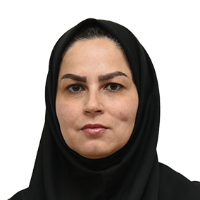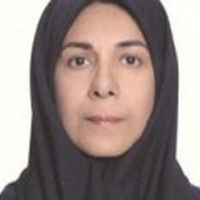Identification of water footprint in Iran's foreign trade with the approach of the input-output table-2016
Understanding the water content of export and import products in international trade has an effective role in the optimal management of water in Iran as a country with water stress. The main purpose of this study is to identify the balance of water content of products in Iran's foreign trade. For this purpose, using the input-output tables - 2016 and considering the interrelationships and dependencies between major economic sectors including agriculture, mines, manufacturing, electricity and gas production, treatment, supply and wastewater, buildings, services and others, the Water footprint index, net import of virtual water and some indicators related to water consumption have been calculated. The results show that in 2016, Iran was a net importer of virtual water. Although the agricultural sector has the highest national water footprint ( 89%), according to the water consumption multiplier index, increasing water consumption in this sector has very little effect on increasing water consumption in other sectors. After the agricultural sector, the manufacturing sector has the highest intensity of indirect water consumption (3.5 cubic meters / million Rials), and the increase in water consumption in this sector has the greatest impact on increasing water consumption in the economy. So that the increase of one unit of water consumption in this sector increases the water consumption of the agricultural sector by 7 times and the water consumption of the whole country by 9 times. After the agricultural sector, the highest amount of virtual water content (direct and indirect water consumption) was allocated to the treatment, supply and wastewater sector(5.8 cubic meters / million Rials). The services and other sectors, which has been the largest net exporter of virtual water ( 217 million cubic meters), have the largest water footprint after agriculture.
-
The Effect of Underwriting Diversification on Investment Risk of Insurance Companies
Arash Goodarzi *, Reza Tehrani,
Management Researches, -
Effect of changes in contribution rates on the financial sustainability of the social security organization and macroeconomic variables in a DSGE model
*, Homa Esfahanian, Mohammadhosein Mardi
Quarterly Journal of Economic Modelling, -
The Impact of Eliminating Tax-Exempt Interest Income from Time Deposits on the Real Estate Market, Exchange Rate, and Household Welfare Approach: Financial Computable General Equilibrium (FCGE)
Yeganeh Mosavi Jahromi *, Farhad Khodadad Kashi, Sakineh Tarighi Sarkhab
Journal of Program and Development Research, -
Cloud computing adoption factors for digital transformation in Iran's software industry
Shima Mansourian, Amir Daneshvar, Reza Radfar
Journal of Innovation EconomicEcosystem Studies, -
Neutrality of Money in Iran’s Service Sector
, Nader Hakimipour *, Hojjat Akbarian
The Economic Reseach, -
ضرورت محاسبه تورم انتظاری در ایران
نشریه کارآفرین، مهر و آبان 1396





